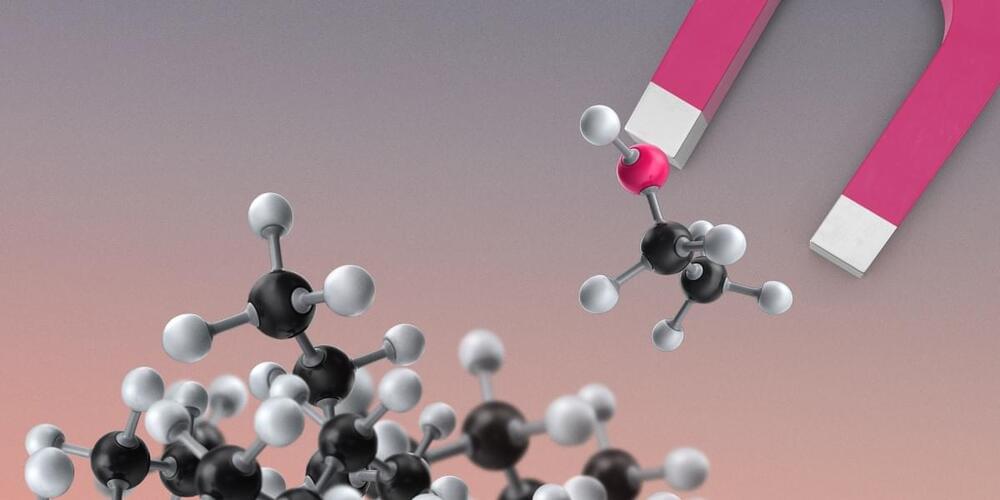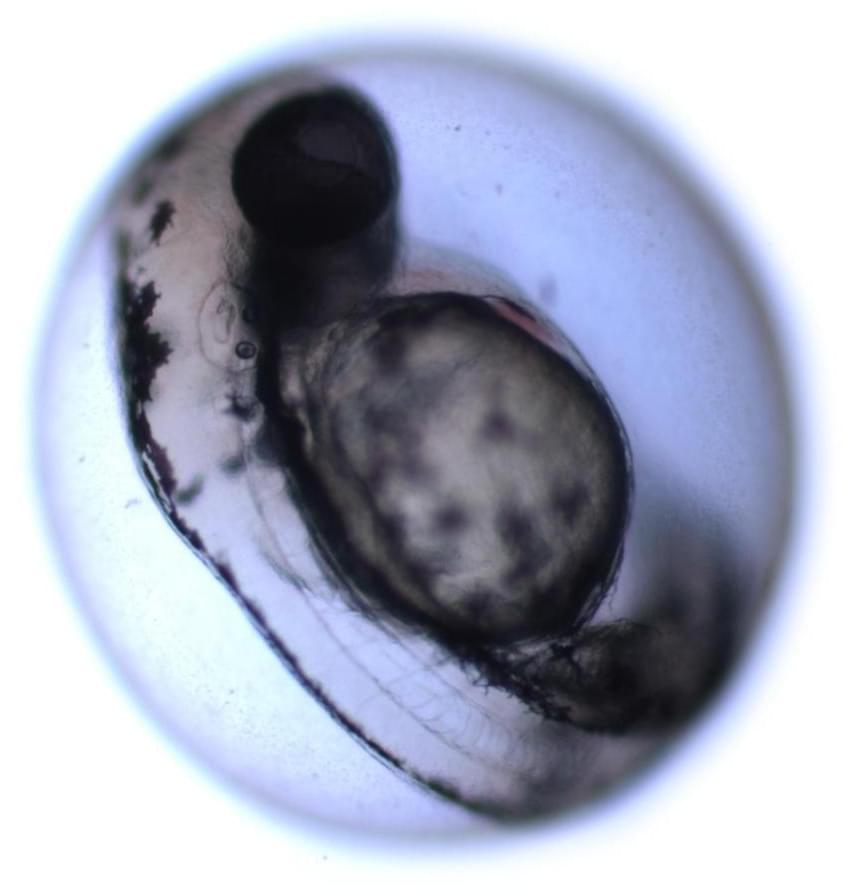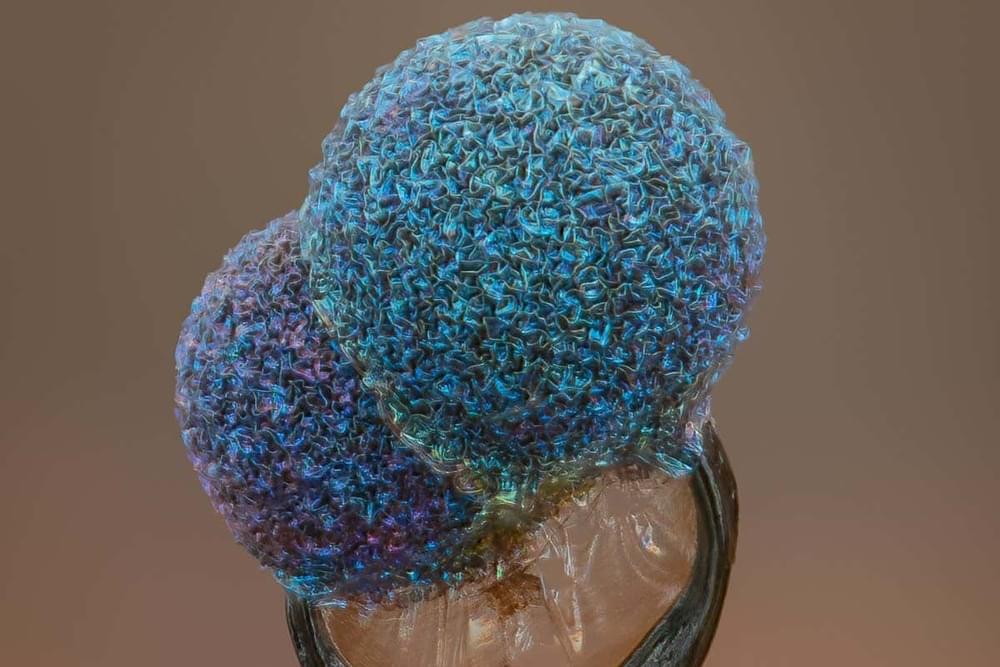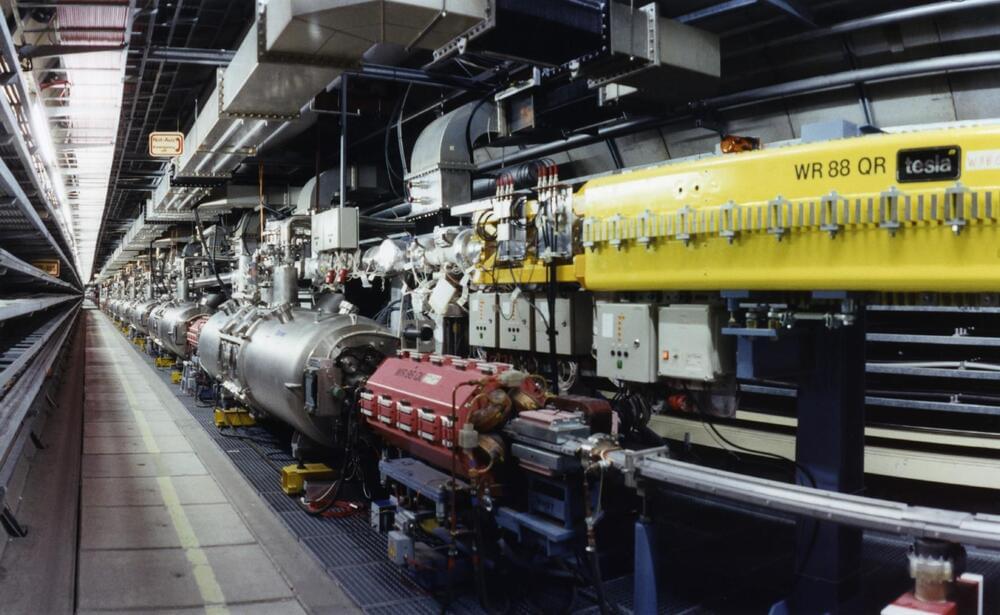The findings could help pave the way for greater use of machine learning in materials science, a field that still relies heavily on laboratory experimentation. Also, the technique of using machine learning to make predictions that are then checked in the lab could be adapted for discovery in other fields, such as chemistry and physics, say experts in materials science.
To understand why it’s a significant development, it’s worth looking at the traditional way new compounds are usually created, says Michael Titus, an assistant professor of materials engineering at Purdue University, who was not involved in the research. The process of tinkering in the lab is painstaking and inefficient.







